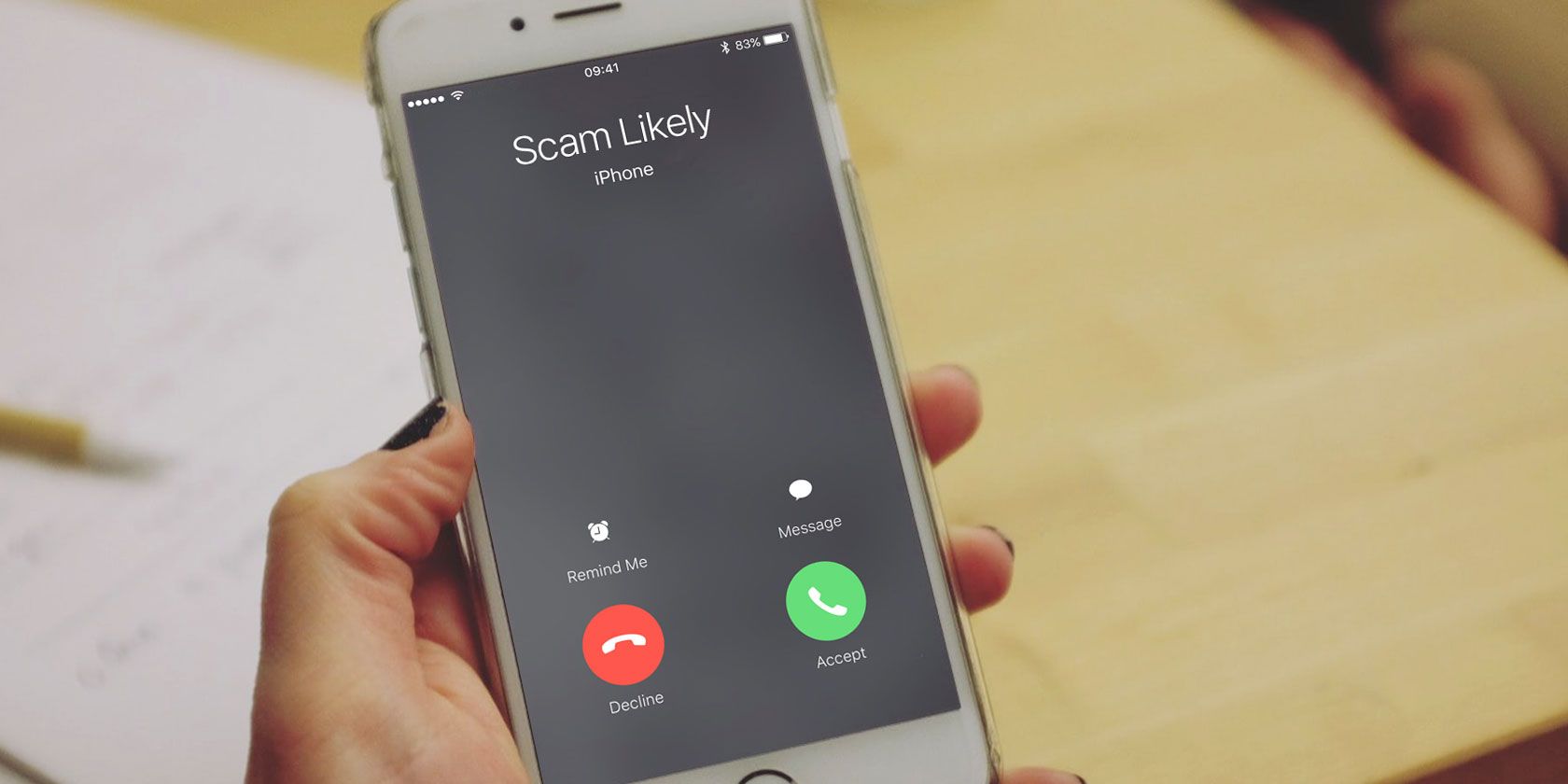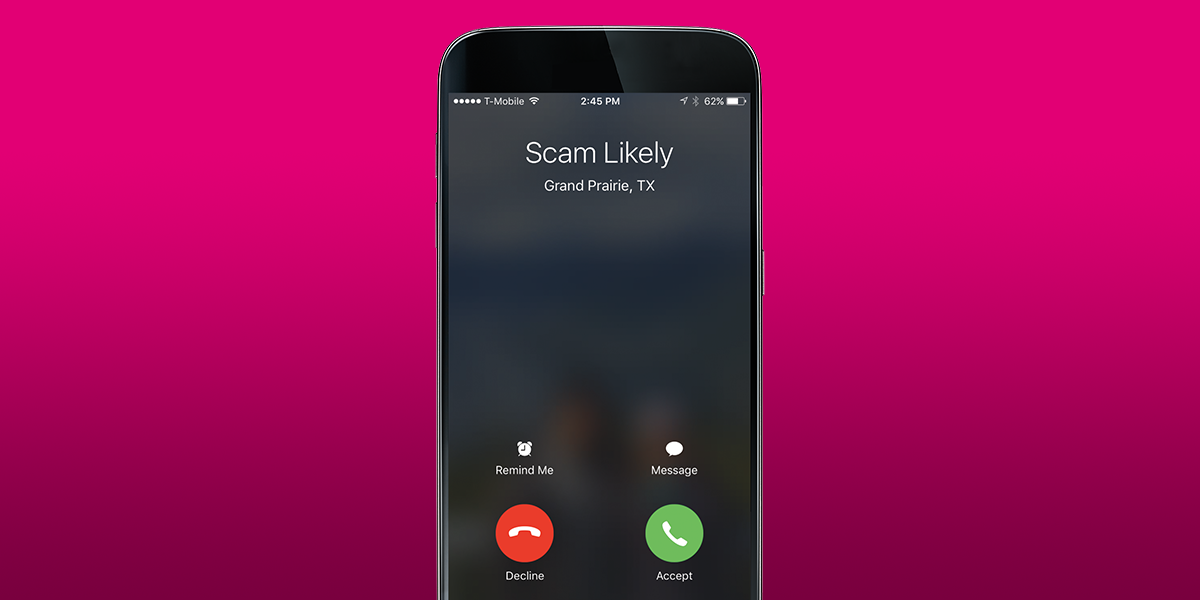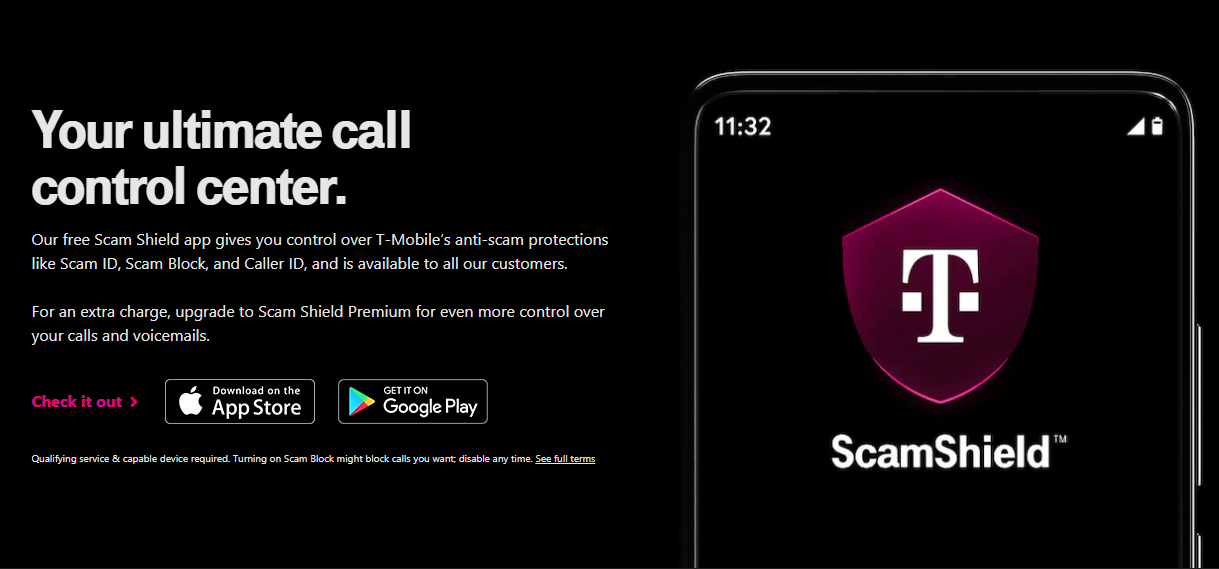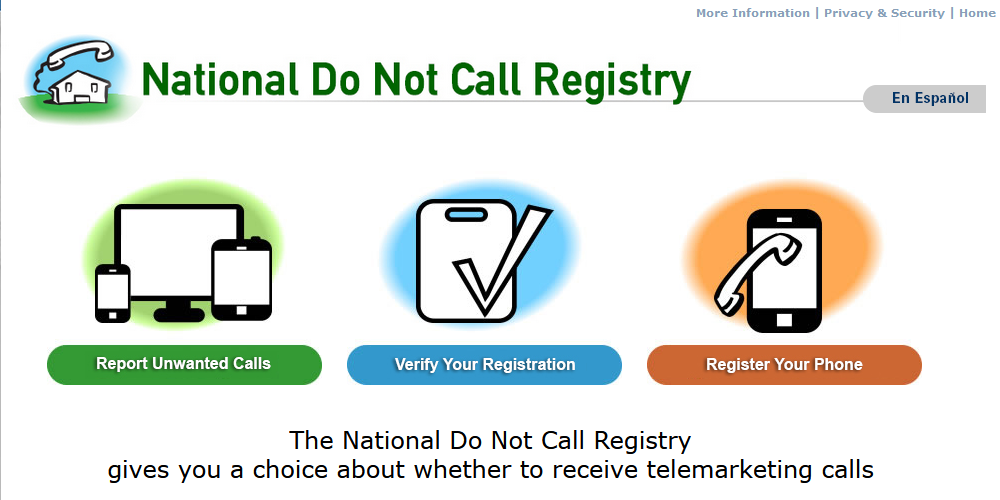While you're probably used to your phone's caller ID letting you know who's calling, you may instead see a "scam likely" message in its place at times. Who is "scam likely," why are you seeing this, and how can you block these "scam likely" calls?
Let's look at what "scam likely" calls are so you can understand this function.
What Is "Scam Likely"?
"Scam Likely" is a message that appears for T-Mobile, Metro (a subsidiary of T-Mobile, formerly called MetroPCS), and Sprint (since the two companies merged) customers on incoming calls. It's part of T-Mobile's "Scam Shield" feature, which works to prevent scam calls across the network.
The company has this turned on for everyone by default, which is why you can see this message appear without changing any settings.
T-Mobile's network automatically checks all incoming calls to its customers' phones against a database of known scam numbers. These include the usual signs of scam calls, such as impersonating a government entity, demanding that you pay for something with gift cards, tech support schemes, or just plain old annoying robocalls.
Scam ID is applied at the network level, so you'll see "Scam Likely" whether you use an iPhone, Android device, or even a basic phone. You don't have to install any special apps to use it, though you can install T-Mobile's free Scam Shield app for iPhone or Android for more control.
Can I Trust "Scam Likely" Calls?
There's a chance that you'll see "Scam Likely" appear for a legitimate call, since no automatic filter is perfect. However, we recommend taking extreme caution if you choose to answer a call with this label. Chances are that almost all "Scam Likely" calls are indeed trying to deceive you. If you pick one up, do not provide any personal information, and assume that the person on the other end is lying to you.
When in doubt, ignore calls from unknown numbers. A genuine person whose number you don't have will leave a message if their reason for calling is important. And if you're ever on a call that makes you feel uncomfortable, just hang up. It's not worth the potential of falling for a scam, especially since scammers frequently use tactics to make you act without thinking it through.
It's also best to ignore calls, as picking up (for whatever reason) tells the scammer that your number is active.
How to Block "Scam Likely" Calls
If you get a lot of "Scam Likely" calls and want to take your protection a step further, T-Mobile offers a free "Scam Block" feature as well. This allows you to automatically block all calls marked "Scam Likely" so they never reach your phone.
To opt into Scam Block, open your phone's dialer app. Enter and call #662# to activate the service. If you decide you want to turn it off later, dial #632#. You can dial the shortcode #787# anytime if you're not sure whether you have it enabled or not.
There are other ways to do this. You can download the free Scam Shield app mentioned above, or log in to your T-Mobile account to enable it there. For more on these features, visit T-Mobile's Scam Shield page.
Other T-Mobile Scam Shield Features
As a T-Mobile customer, you also have access to other handy anti-spam features. Eligible customers can get a proxy number through DIGITS, which allows you to keep your real number private while still allowing people to contact you. See T-Mobile's DIGITS page for information.
If scam calls get to a breaking point, you're also allowed to change your phone number once per year at no charge. If this is something you need, call 1-800-T-MOBILE or visit a store.
How to Identify Scam Calls on Other Carriers
The "Scam Likely" warning is great, but what if you don't use T-Mobile or Metro? Most other carriers have their own similar service. This is due to the STIR/SHAKEN standard that US carriers have implemented on their networks over time.
Essentially, this is a set of protocols that allows carriers to fight back against caller ID spoofing. You've probably experienced this when you receive a call from a number that matches your area code and exchange. For example, if your number is (718) 555-1212, you might get a call from (718) 555-3434. This is a scammer attempting to gain your trust by disguising their far-away number as a local one.
These standards allow providers to display a "Call Verified" message on your phone to confirm that it wasn't spoofed. This is available on an increasing number of devices and carriers as they all work to cut down on the billions of spam calls made each year.
Identifying Scam Calls With Verizon, AT&T, and Others
If you have AT&T, you can download AT&T ActiveArmor for iPhone or Android. It includes spam and fraud blocking features for free, plus an optional subscription (that you probably don't need) for advanced protections.
If you use Verizon, you're eligible for its free Call Filter service. You can download the Verizon Call Filter app for iPhone or Android to manage it. As you'd expect, Verizon also offers a paid subscription (unnecessary for most people) to enhance this.
Other carriers should offer similar services. Visit a store, log into your account management page, or call the customer support number for more information.
How to Block Scam Calls on Android and iPhone
If you still get scam calls even with these free services, don't worry. Both Android and iOS allow you to detect and block scam calls, no matter what carrier you have.
How to Block Scam Calls on Android
Stock Android's Phone app, from Google, will warn you of suspected spammers.
To make sure this is enabled, open the app and tap the three-dot menu button at the top-right. Hit Settings, then select Caller ID & spam. Enable the See caller and spam ID slider to identify spam callers when your phone is ringing. The second toggle, Filter spam calls, will block spam calls altogether.
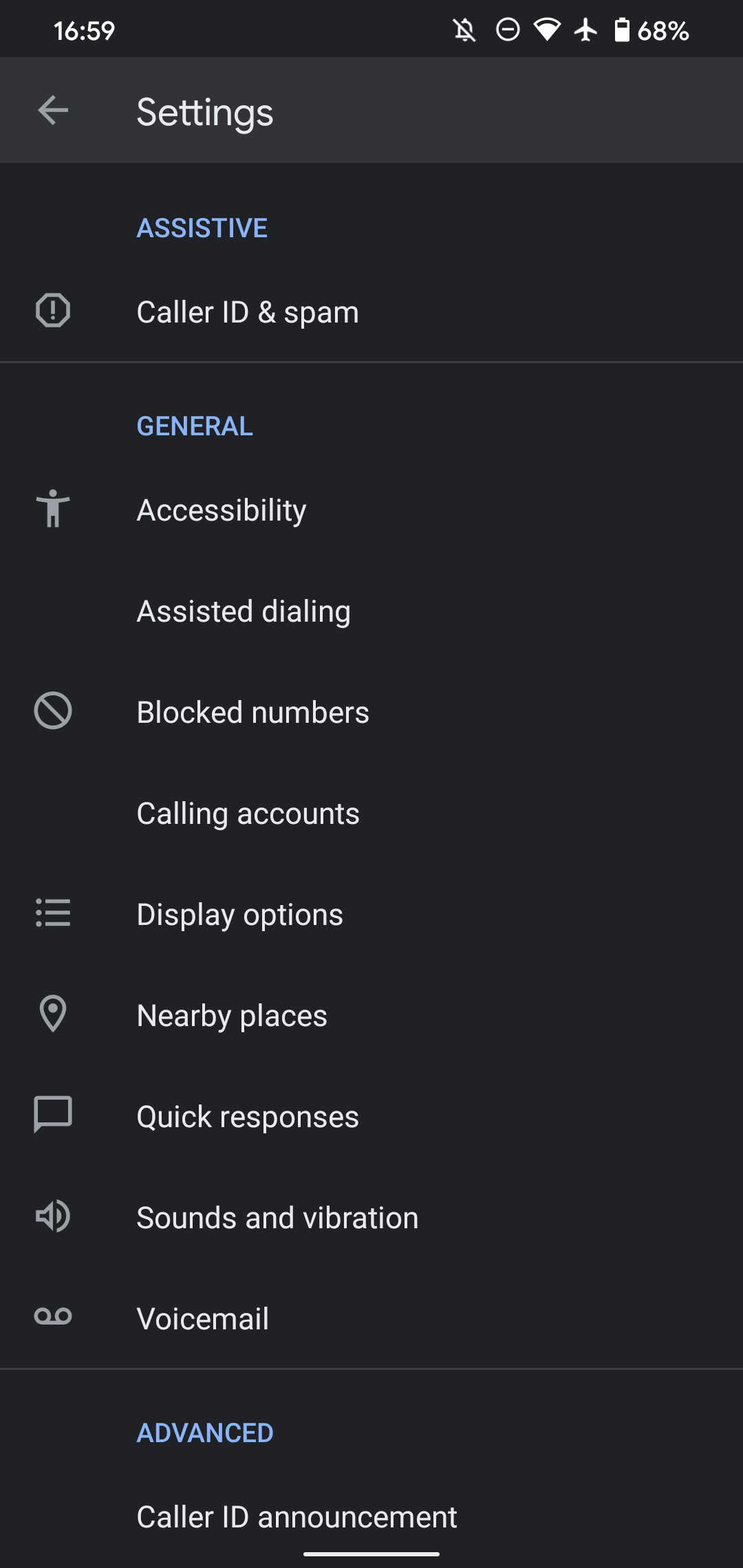
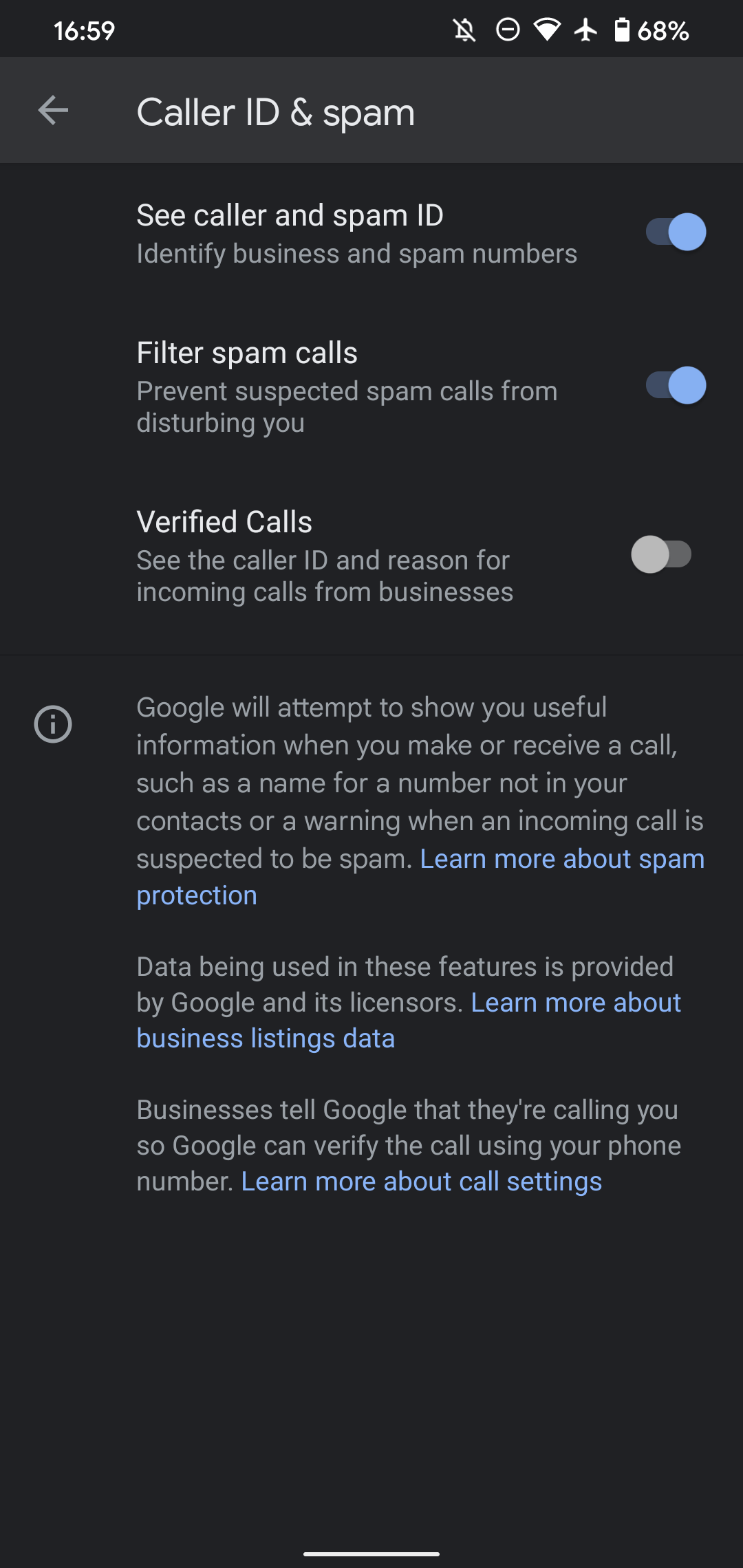
If you don't use this dialer app or want stronger protection, check out our guide on blocking unwanted calls on Android. You can block numbers as they call you, or use a third-party app to filter out large amounts of spam.
How to Filter and Block Scam Calls on iPhone
On your iPhone, open the Phone app and tap Recents to see everyone who's called you. Tap the i icon next to a spam number to open its contact page, then scroll down and tap Block this caller to prevent it from calling you again.
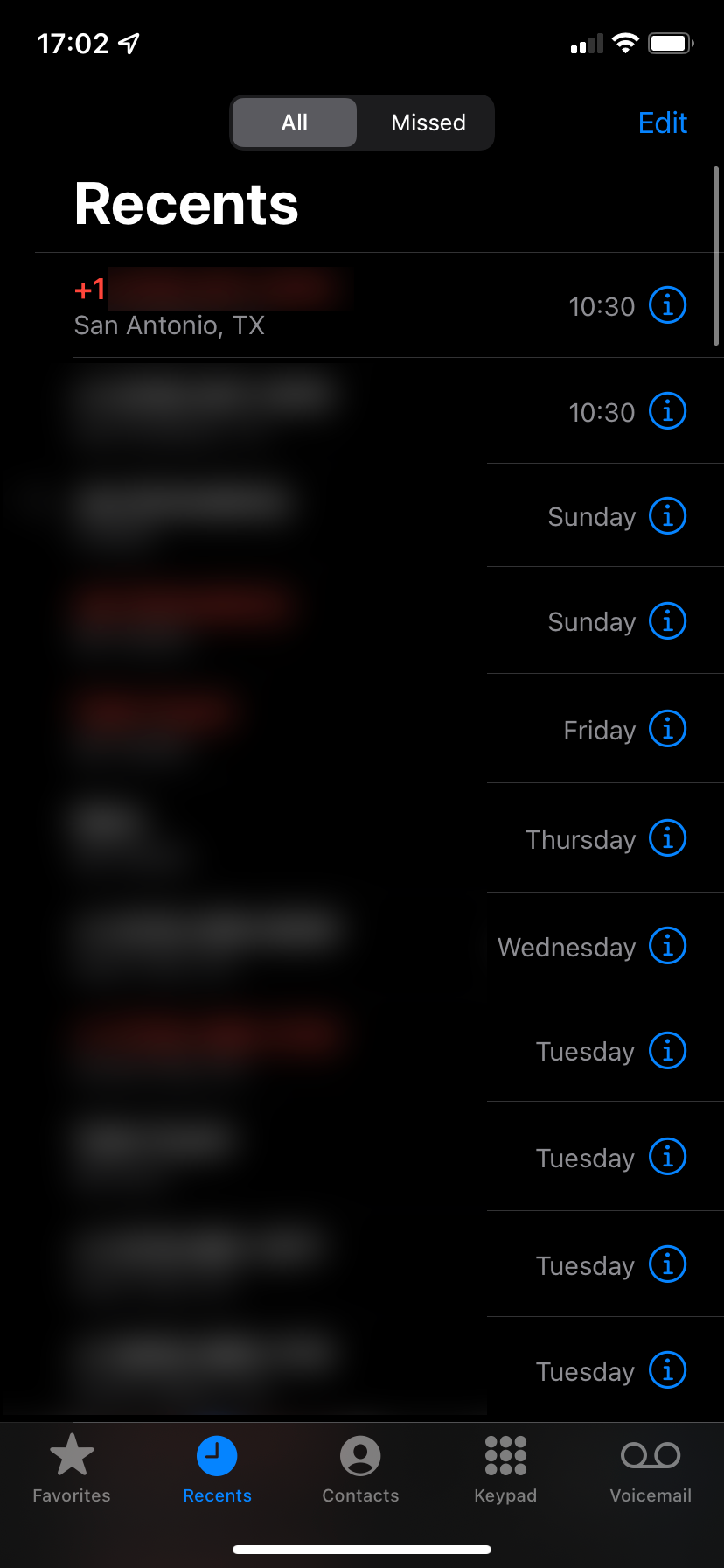
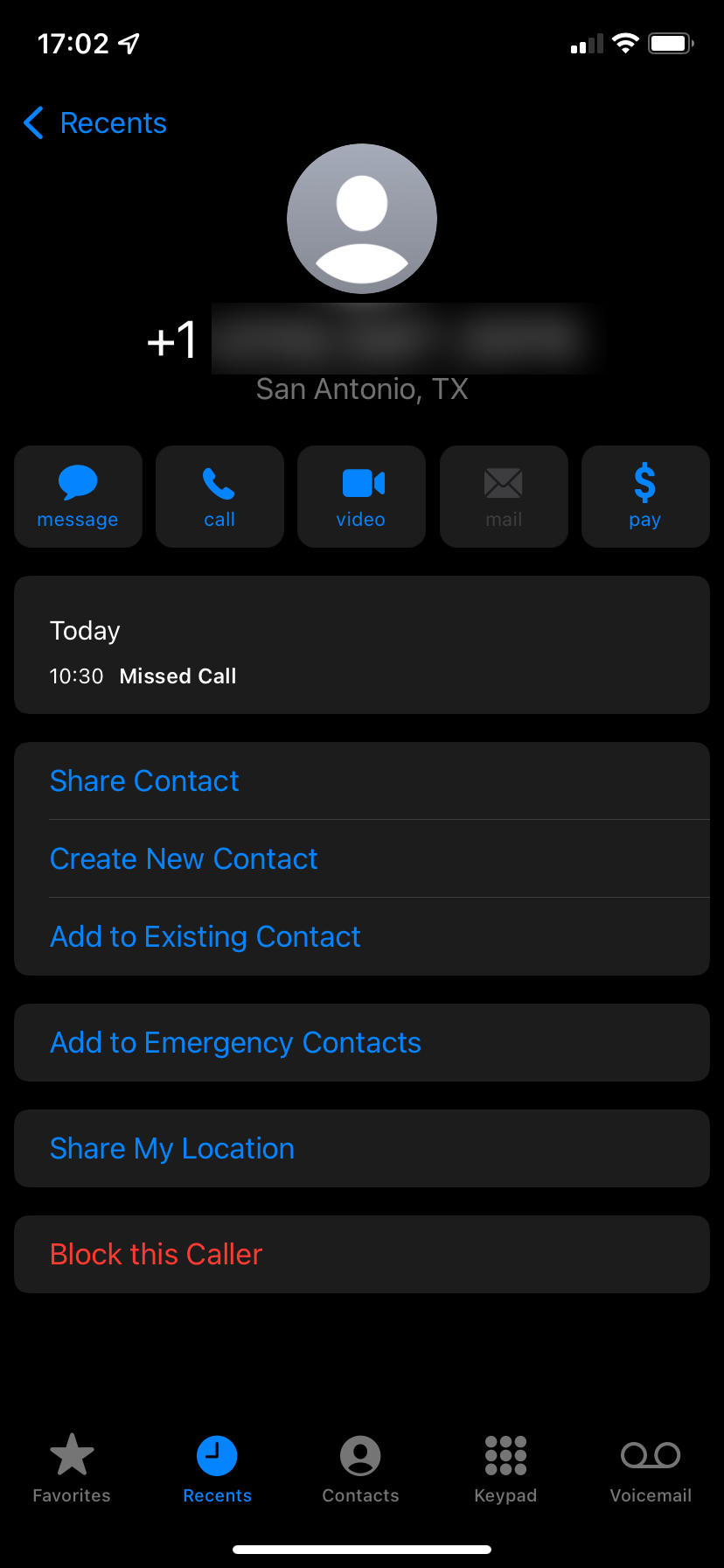
For a heavier-handed option, your iPhone has a feature that allows you to filter out all calls from unknown numbers. You'll find it at Settings > Phone > Silence Unknown Callers. If you enable this, all calls from numbers you don't have in your contacts will be silenced and go immediately to voicemail.
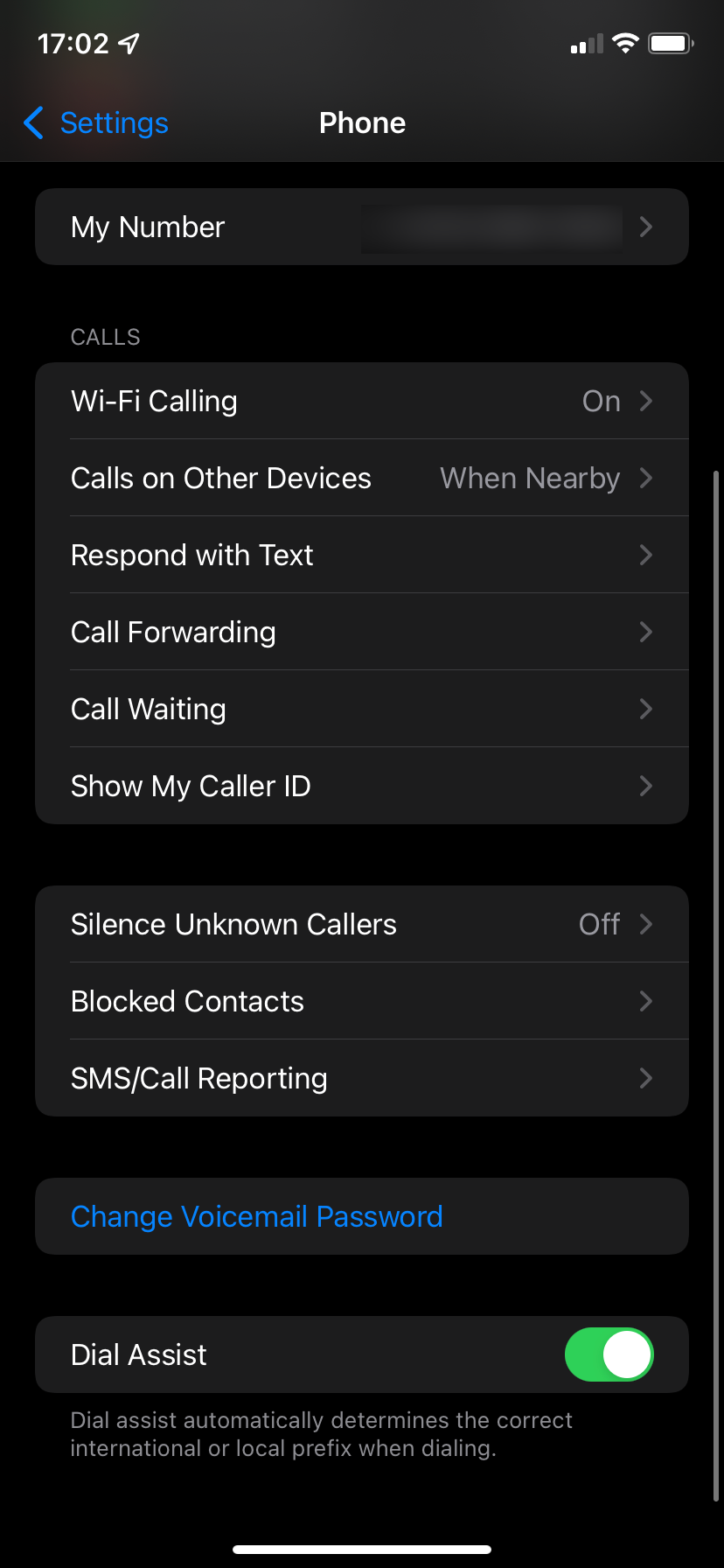
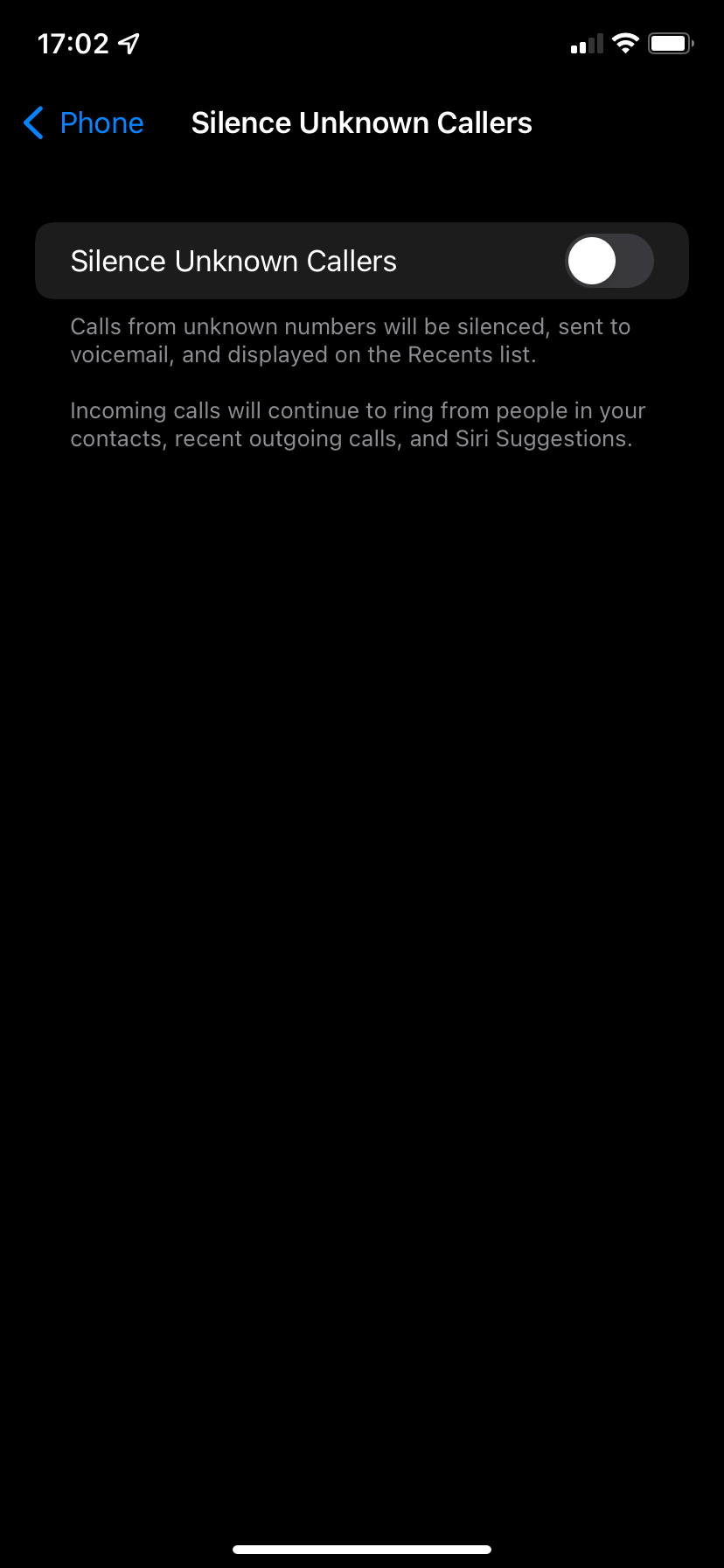
This is a handy option, though it's a bit heavy-handed. Most people occasionally receive legitimate calls from unknown numbers, such as an appointment reminder or an emergency call from someone using a friend's phone.
Thankfully, the feature still allows numbers you've recently called and those from Siri Suggestions to go through. For example, if you recently received an email from someone who has their phone number in their signature, a call from that number would go through even if it's not in your contacts.
We recommend only enabling this if you get a lot of spam, as you might miss important calls otherwise. Take a look at the best ways to block scam numbers for other methods.
Depending on your carrier, you may also have another slider under Call Blocking & Identification that lets you silence junk calls as determined by your mobile provider.
How to Stop "Scam Likely" Calls
The best way to stop "Scam Likely" calls from happening in the first place is to protect your mobile number.
If you haven't done so already, you should add your number to the National Do Not Call Registry. While this doesn't stop all calls, it filters out annoying telemarketing and similar junk. But as you'd guess, spammers and scammers don't tend to abide by the rules.
Otherwise, you should also be careful where you give out your number. Nearly every online promotion, account, and other service will ask for your phone number these days. In some cases, the companies are allowed to share your number with affiliates for marketing purposes, which is obviously not something you want.
Think twice before sharing your number online. You may want to sign up for a free Google Voice number to use as a secondary contact method. If you provide this for all non-essential services, you can silence the number and not worry about incoming calls, even if they're spam.
"Scam Likely" No Longer!
We've taken a look at what "Scam Likely" calls are, what you can do about them, and how to block "scam likely" calls. In summary, this is a helpful warning from T-Mobile as it and other mobile carriers upgrade their networks to fight phony calls. You can take further steps to block these calls if you receive them often, and you shouldn't need to pay anything to do so.

